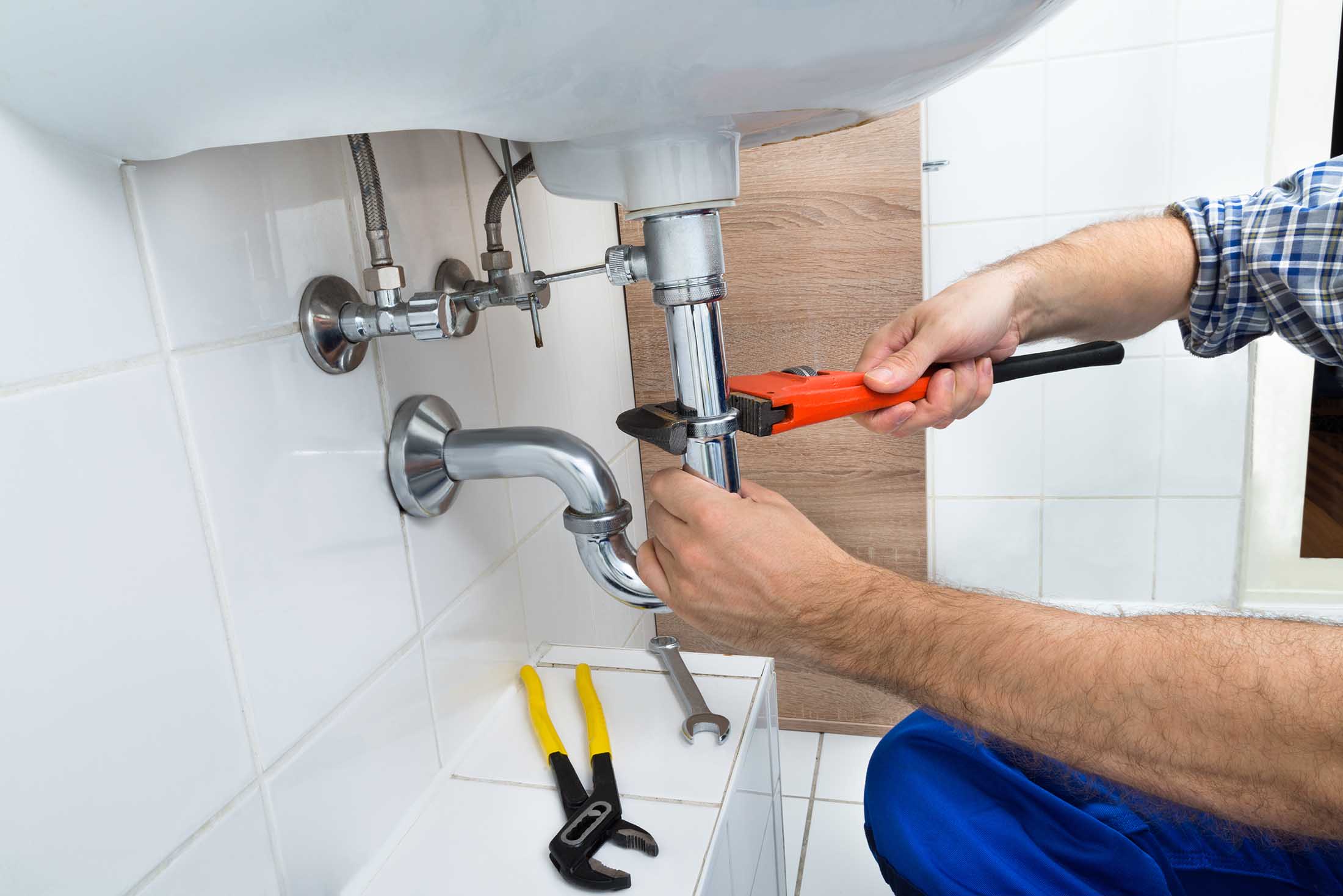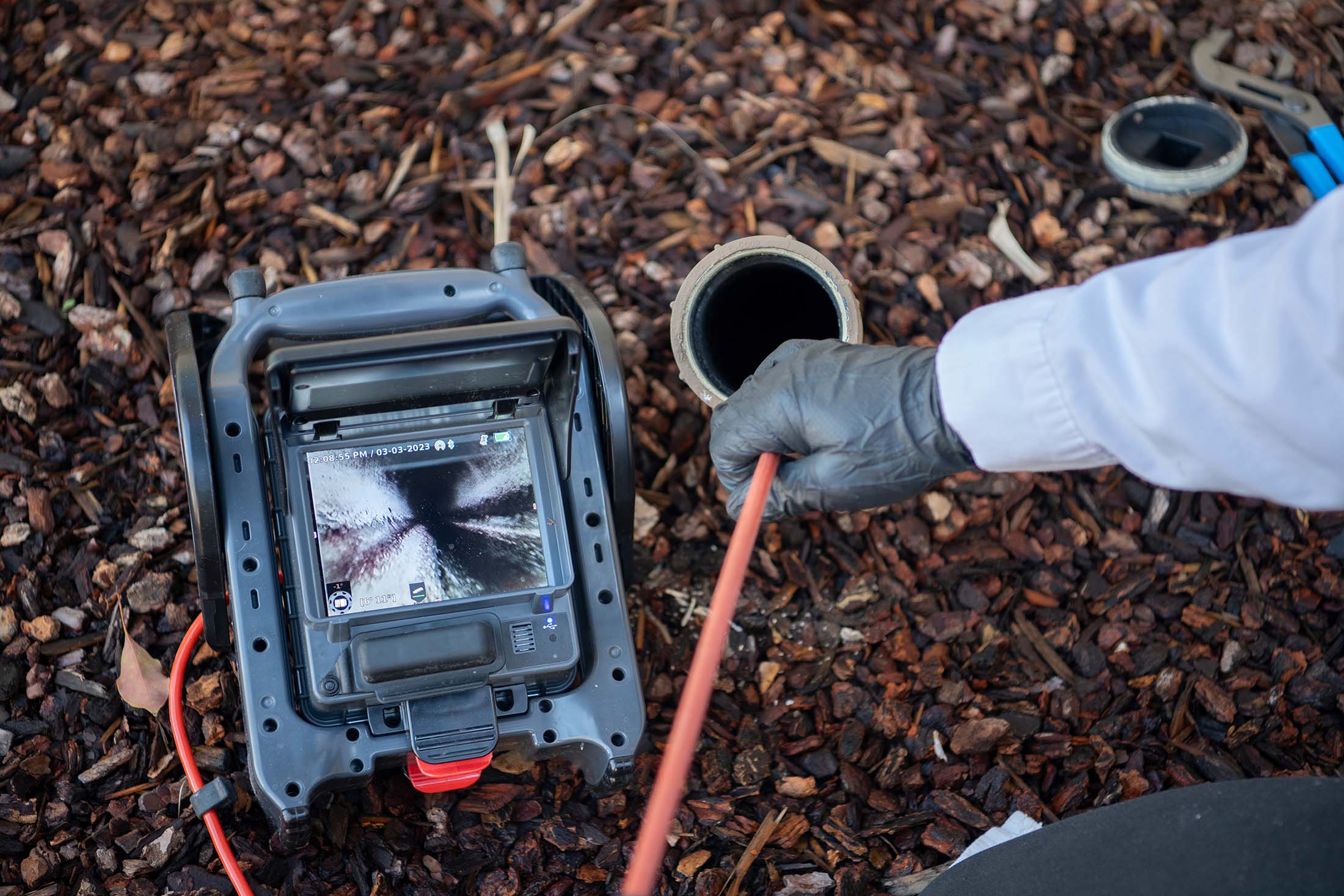The Differences Between ABS and PVC Pipes
We solve your home's toughest plumbing challenges with speed and precision. Our expert technicians deliver reliable solutions for water heaters, drain cleaning, and emergency repairs.
Our Core Plumbing Solutions
Comprehensive services designed to keep your home's plumbing system running smoothly
Water heater services
Installation, repair, and maintenance for all water heater types
Drain cleaning
Clearing blockages and preventing future plumbing issues
Water Conditioning
Experience the cleanest water possible in your home and business
Sewer & Plumbing Repairs
Reliable drain and sewer repair services.
Emergency Services
Have an emergency drain or sewer issue? Contact us for our 24-hour Rescue Service
Additonal Services Include:
- Leak Locating & Inspection Services
- New Construction & Installation
- Flood Basement Repair
- Outside Water Line Repair & Replacement
- Gas Line Installation & Repair
- Backflow Device Inspection, Certification, & Repair
- Full Bathroom Remodels
Customer stories
Real experiences from homeowners we've helped


"
Townside did a superb job installing my water heater. I filled out a form online and was lucky enough to get a new heater on the same day.
"
Robyn
Roanoke, VA






Financing
Flexible payment options are available
Poor to Excellent Credit, 0% APR financing available
Contact
Get in touch
Have a plumbing issue? We're ready to help you solve it.

